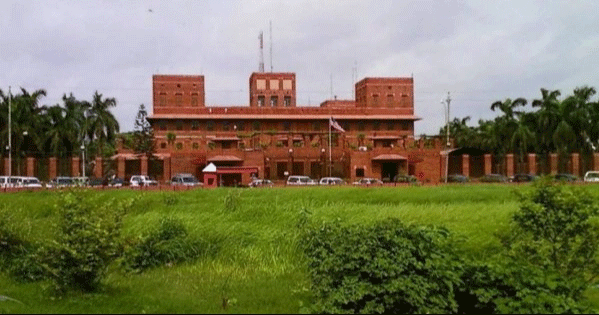Leather sector facing trouble with child labourers
Staff Correspondent: Leather sector, also Bangladesh’s second most profitable export sector after ready-made garments is now facing problems with with child labourers.
The report by the Child Labour Action Research Program (CLARISSA) at the Institute of Development Studies shows, there is a startlingly high prevalence of the worst forms of child labour across the country’s entire leather supply chain. These forms are not always obvious, and without better understanding of where, why, and how they happen exploitation and abuse of children in this sector will continue in Bangladesh and around the globe.
The goal of ending child labour by 2025 is now a big challenge. Faced with the reality of a worsening economic situation as a direct result of the global pandemic, the situation of many working children is getting worse, not better. New children have joined their ranks, and many have been forced into even more perilous work.
Global brands, the visible parts of their supply chains, and governments are usually the focus of any conversation on how to address child labour. Comparatively ignored are the thousands of small businesses which exist unregulated in the shadows of the leather economy. They deserve far more attention.
One of the key findings is that while the formal production of branded leather goods in Bangladesh has become better regulated, the informal leather sector continues to use child labour at every stage. While much of this production is sold in domestic and regional markets, some inevitably feeds into the formal, branded leather goods sector.
These informal businesses are in slums and neighbouring areas around Dhaka, the capital of Bangladesh. Most have less than 10 workers, including the children, and operate in a working space of less than 200 square feet (19 square metres). The survey of eight slums in Dhaka found that 34.6 percent of all children living in slums are engaged in the worst forms of child labour as defined by the International Labour Organization and well over half of those children are in some way linked with the global supply chain of leather and garment products.
While most of the children expressed sadness at not going to school and playing with their friends, many were proud to support their families.
Almost all these small businesses are either sub-contractors to large and medium industries or producers for local markets. To make their leather products they must perform many dangerous processes – including preserving raw hides, glue-making, tanning, dyeing, etc. – and the researchers found that children as young as seven take part in these tasks. Indeed, they were involved in nearly every process of the supply chain (96%) of the ‘hidden’ informal leather industry. This statement is based on observations of over 150 children working 12-to-14-hour days, six days a week.
The work that goes into these processes is varied, but all come with their hazards. From mixing chemicals and carrying heavy products to using different types of acid and operating heavy machinery, the children’s physical health is constantly put at risk by their work.
President Joe Biden tests positive for COVID-19 while campaigning in Las Vegas, has ‘mild symptoms’
International Desk: President Joe Biden tested positive for COVID-19 while traveling Wedne…







